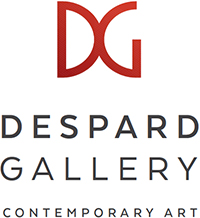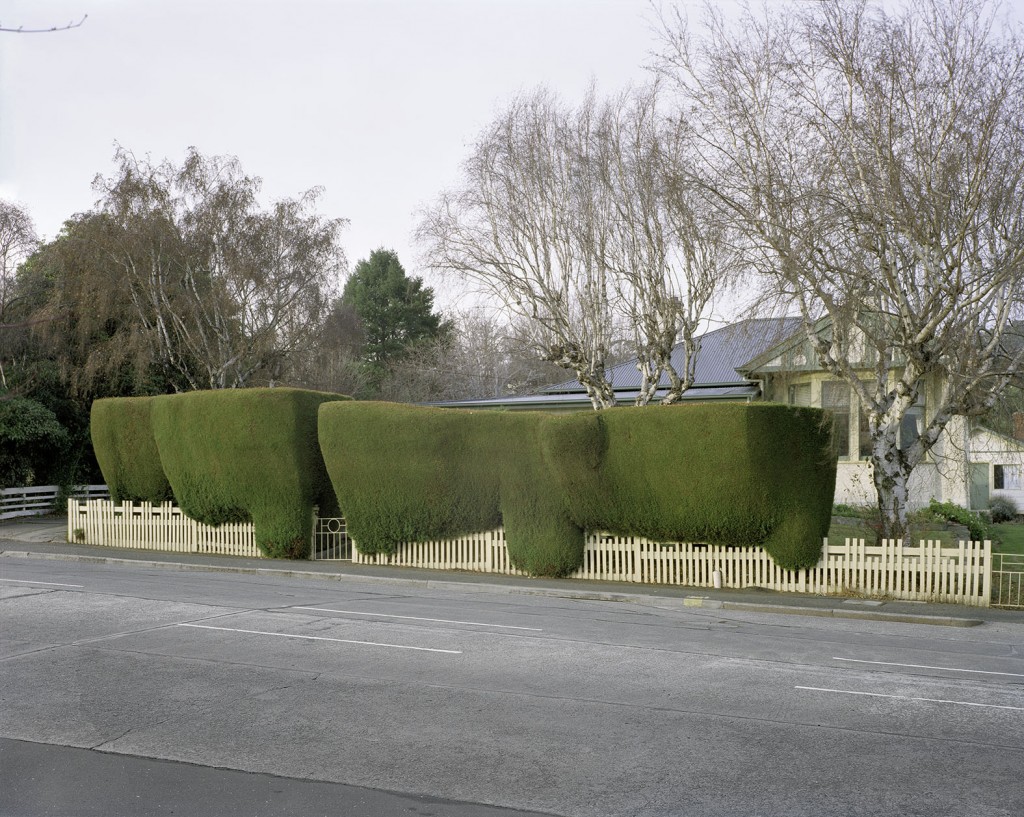TRANSFORMING THE ORDINARY
While we edge unconsciously ever so closer to the centenary of Modernism, Simon Cuthbert quietly celebrates this occasion through his work, re-presenting the modern world that we have made.
For the past couple of decades at the Tasmanian Museum and Art Gallery, Cuthbert has honed a very sharp way of seeing, through the collection photographer’s process of careful handling, analysing, lighting, recording, and in effect visually ingesting thousands of works from the collection. At the same time he has continued his own photographic practice in parallel, and this now manifests on a level of mastery of photography beyond the normal.
The city and its ingredients as urban artefact and record of human occupation links strongly with artefacts contained in the museum collection; the former being a world separated from the controlled curatorial context of the art museum, yet Cuthbert is able to apply the same documentary mastery over the ordinary and the mundane, without fear. Unlike the artificial studio, where light, shadow, colour rendition and set are highly contrived, in contrast Cuthbert’s artful private practice outside the art museum leaves all this behind. Here he only works with the ‘available’.
His recent reconnaissance to Tasmania discloses some familiar places, recorded in the morning light. There is a propensity to frame the image to the point of abstract realism, with an embedded political or social narrative, both combining to underpin the value and dual meaning of this work.
In one image, Community of one (the last leper home) 2010, Cuthbert presents us with a modest weatherboard structure that in itself is unremarkable. The title however alludes to a more complex past in which the synergy of public health and built form is revealed. This method of coding operates throughout his work. Breeze-block ventilators shrouding and cooling an electrical substation; the ubiquitous pedestrian overpass; a fibro shed; a bottle shop store; a waterfront tourist trap; a hedged house or public amenity all enable him to conduct a dialogue that speaks about the contradictions of modern life and the meaning we may derive from our surroundings.
While a socio-political narrative cleverly hovers beneath the surface of these photos, perhaps saying something about imminent loss, a reference to an inhumane past, or the vernacular miss-fit, Simon does not indulge in any arm-banding of his audience. Furthermore, this embedded sensibility in the photographs does not detract from the fact that the images also stand in their own right, they are light hearted and lower-case-modern.
Well before sunrise, the clean dawn light has already bounced off the platform of the cold ocean surround, rendering no shadow, leaving the form and space of these photographs as a clear image. It is at this special time that Cuthbert captures a light that is not crisp yet not soft, the dawn light that renders the atmosphere from a quiet pink haze through to blue, creating a type of natural dematerialisation of the image that is as extraordinary as the composition, subject matter and cultural narrative of the photographs he presents in this exhibition.
Cuthbert is an acute observer who reduces an ordinary place or thing to a point of abstraction or simplicity, and transforms it as his art work – photography of ordinary things, seemingly mundane, transforming the ordinary to extra, never ugly, always for a reason, in the early morning rain.
James Jones

















